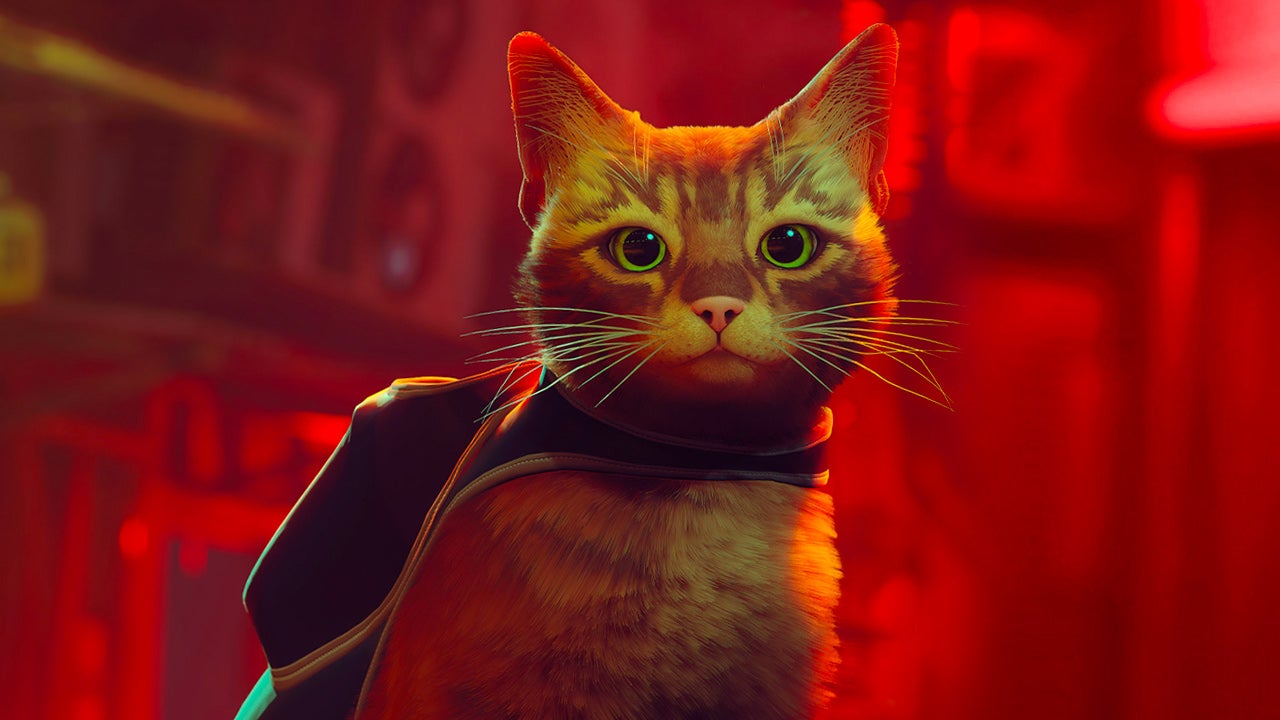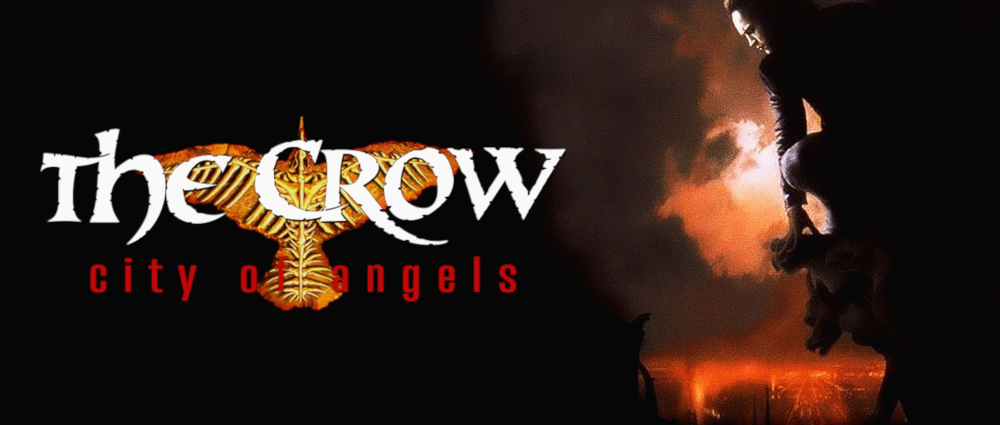In spite its cult status, it can easily be forgotten what a misfire Scott Pilgrim vs. the World was in traditional terms. Universal took a lofty chance on the property, offering Edgar Wright a budget approximated at around 60 to 85 million. The director didn’t spend it on catering either, bringing in a cast that included the likes of Michael Cera, Mary Elizabeth Winstead, Aubrey Plaza, Chris Evans, Allison Pill, and Brie Larson, to name a handful. Not to mention the elaborate special effects and visual style, and the loud, distinct soundtrack that leads our characters onward. Make no mistake about it, Scott Pilgrim vs. the World is a film where you can see nearly every single cent of its budget on-screen.
Unfortunately, the film’s box office return suggests it was only able to see receipts in the neighborhood of around 50 million theatrically. What exactly went wrong? Or, were we simply not ready for it? It’s difficult to say for certain, although it can certainly be said that the film has captured a cult following, with the film recently receiving a small theatrical re-release and a limited physical release for the critically acclaimed videogame adaptation.
I had seen Scott Pilgrim vs. the World, and, like was the case for many of you, I am certain, I forgot about it shortly after. I didn’t mind it, similar to Zombie Land or other quirky high-concept comedies, I smiled and moved on. Recently, however, due largely to its anniversary, the continued success of Edgar Wright, and Brie Larson’s rendition of Black Sheep baa’ing its way into my mind, I’ve felt the need to revisit it.
The 2010 romantic action comedy is based on a graphic novel series by Bryan Lee O’Malley, and sees Michael Cera portraying the titular character Scott Pilgrim, all while the endlessly delightful Mary Elizabeth Winstead plays Ramona Flowers. The storyline is deceptively straightforward, and is, at the same time, absolutely palatable – Scott is a slacker musician who finds himself smitten with Ramona, a mysterious girl with a punk-rock aesthetic. The film sees Scott try and impress her, and battle her seven evil exes in his pursuit.
While this happens, you’ll also learn more about Scott Pilgrim’s character. Anyone familiar with Michael Cera knows his shtick – the awkward, loveable weirdo, and, for the most part, the film is in his wheelhouse. However, when you peel back the onion, you will see his insecurities, his self-centeredness, and disregard for other people’s feelings.
As prefaced, all the film’s budget is easy to see on-screen. This is a very stylish film. The action-scenes are over-the-top and combustible, and transitions are unorthodox, but very cool. On some level, I think “cool,” might be an important word for this film. Over ten years later, Scott Pilgrim captures the comic-book aesthetic very well, feeling like it sprung from the panel and onto the screen.
We’ve seen attempts at a comic-book aesthetic before. In general, I’m not usually for it. In modern times, most studios don’t try and have a film emulate their graphic-novel counterpart. It’s tacky, and it usually comes off as such. The best instances I can think of are in Spider-Man: Into the Spider-verse and, now, in-retrospect, … Scott Pilgrim vs. the World.
The film’s storyline is goofy and absurd, but more fun and charming as a result of that. The humor is quirky and the action-scenes are vibrant, over-the-top, and true to form. The characters are colorful, and importantly, consistent with the tone of the film. The script isn’t about to blow you away with in-depth, rich narrative form, but its sheer kinetic energy, backed by a fun soundtrack, kept me engaged.
There is always an argument to be made about style over substance, but I feel this film is satiable enough on all fronts to make the flashier moments all the better for it. This is a film I slept on all those years back, and I’d recommend watching the film, even if you’d seen it years prior.
It’s worth the double-dip.





